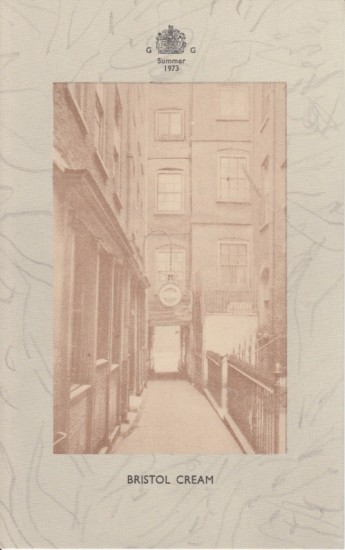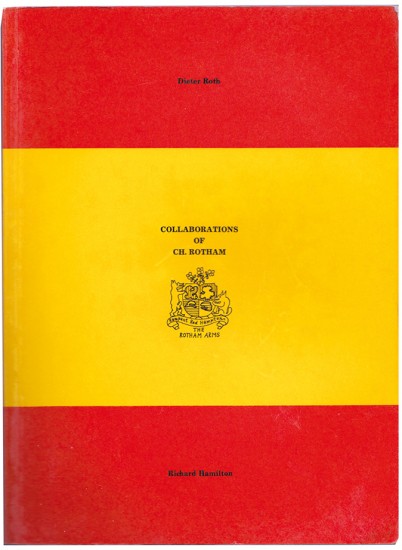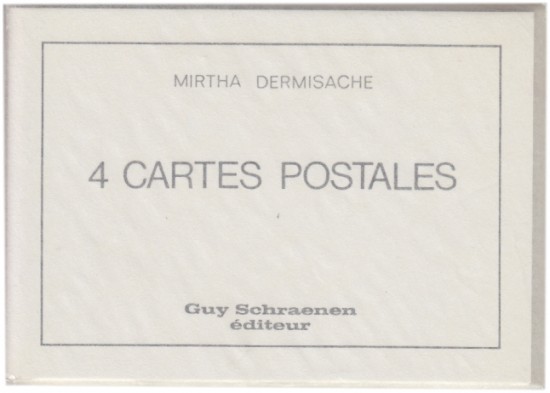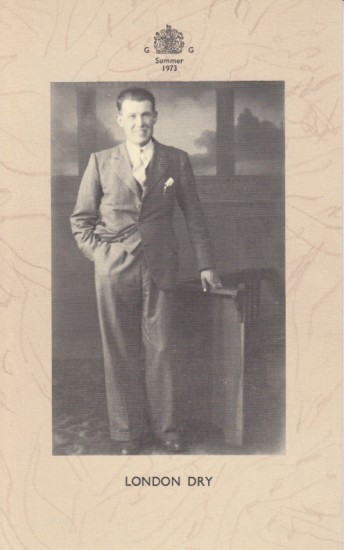Rays of Sunlight from South America
Gardner, Alexander & Henry DeWitt Moulton
Washington, D.C. Philp & Solomons. 1865
Sold
A fascinating and early series of photographic views of extraordinary rarity depicting nineteenth century Lima and the guano trade.
This wonderful early photographic depiction of the capital of Peru shows not only many of the most important architectural features of the city (see below), including several that are no longer extant, but devotes also a considerable portion of the book to the depiction of the Chincha Islands, at the time, a highly important source of guano. Of the seventy photographs in the book - taken by the American Henry DeWitt Moulton c.1863 - thirty-eight are devoted to Lima and its architecture, while thirty-two show the Chincha Islands. The views of Lima, many of them taken during the celebrations of Independence Day (July 28th), show the Cathedral and principal churches (San Francisco, San Augustin and Trinity), the Bridge of Pizarro including the river, the Aurora Gardens, Pantheon Cemetery and Grand Plaza, the main commercial street, Union Street, the Municipality Building, Custom House and more important hotels (the Universal and Morin's), as well as important monuments and public statuary. One of the most fascinating pictures is a panorama of the Cathedral and Grand Plaza during the funeral of President San Roman. San Roman died in 1863, giving us a tentative date for the photographs in the book.
The thirty-two images of the Chincha Islands present a highly interesting portrait of the guano trade, at the time an important fertilizer, and, in economic terms, an enormously lucrative trade stuff, providing an estimated 60% of Peruvian government revenue. So important were the islands economically that Spain, Peru and Chile were involved in a military dispute with the islands at its centre that was finally resolved with the mediation of the United Sates and Great Britain. The photographs show the small harbour on the main island filled with ocean-going cargo ships, depict gangs of convicts and indentured Chinese labourers (slavery had been abolished in Peru in 1854), the transport and loading of the guano, the primitive living conditions of even the Governor and most interesting to the modern viewer, the enormous piles of excavated guano. Several of the photographs bear a similar caption: 'The Great Guano Heap (2,000,000 tons)', and show minuscule figures - the convicts and Chinese labourers wrapped in protective clothing against the noxious guano - crawling over it. This enormous pile of avian excrement must have represented a very large portion of Peru's national capital and explains, to some extent, why Spain, Chile and Peru could contemplate war over such a seemingly trivial group of islands.
While the photographs are credited to the renowned Civil War photographer Alexander Gardner on the title page, the photographs are actually the work of Henry DeWitt Moulton (1828 - 1893). Moulton - who had presumably visited Peru c.1863 (see above) - is credited on the mounts with having produced the negatives, while Gardner is credited with the printing of the positives. At the time of publication the book was available in the United States for 50 or in Great Britain for £25, an enormous sum at the time. (See The American Catalogue, Comprising Books Published in the United States, From January, 1861, to January, 1866. By James Kelly, pg. 172; and Trübner's American and Oriental Literary Record, 1865).
'This collection comprises all the most remarkable objects of attraction in the city of Lima, and presents a panoramic view of the public edifices, monuments, churches, convents, tombs, public squares, and famous places, which constitute the pride and ornament of that stupendous city. To these are added a variety of views of those celebrated Islands situated within the rainless region of the Peruvian Coast, and which furnish the richest fertilizing material known to agriculture [guano] ... In after times, these sketches ... will have a peculiar interest, as it is more than probable that the deposits of guano will soon be swept away by the constantly increasing demand for the article. The original estimate of the length of time - one thousand years ... is destined to prove fallacious. So great has become the demand for it, that half the deposit of the largest island has been removed already; andd the probabilities are, that in twenty years the supply will be exhausted.' (From preface).
'Rays of Sunlight from South America - One of the most superb and interesting collections of photographs we have ever seen is the volume with the above title, published by PHILIPS & SOLOMONS [sic], of Washington, and for sale at No. 200 Broadway. It contains one hundred pictures [sic] exquisite in quality of tone and finish, and presenting a complete panoramic view of the cities and coast scenery of Peru. We have never seen architectural subjects rendered with greater delicacy of detail and transparency of tone in the shadows, which in such subjects are apt to be heavy and dull. The views of the Chincha Islands give one a clearer idea of the immense guano deposits, and the mode of working them, than could be obtained from the most elaborate description. If any one wishes to visit South America without leaving New-York, he could not do better than spend an hour in turning the leaves of this elegant collection.' (The New York Times, 27th September, 1865).
[WorldCat locates only 4 copies within the United States, (2 at the Library of Congress, 1 at the New York Public Library, and 1 at the Public Library of Cincinnati) Copac locates a fifth copy at the British Library].
This wonderful early photographic depiction of the capital of Peru shows not only many of the most important architectural features of the city (see below), including several that are no longer extant, but devotes also a considerable portion of the book to the depiction of the Chincha Islands, at the time, a highly important source of guano. Of the seventy photographs in the book - taken by the American Henry DeWitt Moulton c.1863 - thirty-eight are devoted to Lima and its architecture, while thirty-two show the Chincha Islands. The views of Lima, many of them taken during the celebrations of Independence Day (July 28th), show the Cathedral and principal churches (San Francisco, San Augustin and Trinity), the Bridge of Pizarro including the river, the Aurora Gardens, Pantheon Cemetery and Grand Plaza, the main commercial street, Union Street, the Municipality Building, Custom House and more important hotels (the Universal and Morin's), as well as important monuments and public statuary. One of the most fascinating pictures is a panorama of the Cathedral and Grand Plaza during the funeral of President San Roman. San Roman died in 1863, giving us a tentative date for the photographs in the book.
The thirty-two images of the Chincha Islands present a highly interesting portrait of the guano trade, at the time an important fertilizer, and, in economic terms, an enormously lucrative trade stuff, providing an estimated 60% of Peruvian government revenue. So important were the islands economically that Spain, Peru and Chile were involved in a military dispute with the islands at its centre that was finally resolved with the mediation of the United Sates and Great Britain. The photographs show the small harbour on the main island filled with ocean-going cargo ships, depict gangs of convicts and indentured Chinese labourers (slavery had been abolished in Peru in 1854), the transport and loading of the guano, the primitive living conditions of even the Governor and most interesting to the modern viewer, the enormous piles of excavated guano. Several of the photographs bear a similar caption: 'The Great Guano Heap (2,000,000 tons)', and show minuscule figures - the convicts and Chinese labourers wrapped in protective clothing against the noxious guano - crawling over it. This enormous pile of avian excrement must have represented a very large portion of Peru's national capital and explains, to some extent, why Spain, Chile and Peru could contemplate war over such a seemingly trivial group of islands.
While the photographs are credited to the renowned Civil War photographer Alexander Gardner on the title page, the photographs are actually the work of Henry DeWitt Moulton (1828 - 1893). Moulton - who had presumably visited Peru c.1863 (see above) - is credited on the mounts with having produced the negatives, while Gardner is credited with the printing of the positives. At the time of publication the book was available in the United States for 50 or in Great Britain for £25, an enormous sum at the time. (See The American Catalogue, Comprising Books Published in the United States, From January, 1861, to January, 1866. By James Kelly, pg. 172; and Trübner's American and Oriental Literary Record, 1865).
'This collection comprises all the most remarkable objects of attraction in the city of Lima, and presents a panoramic view of the public edifices, monuments, churches, convents, tombs, public squares, and famous places, which constitute the pride and ornament of that stupendous city. To these are added a variety of views of those celebrated Islands situated within the rainless region of the Peruvian Coast, and which furnish the richest fertilizing material known to agriculture [guano] ... In after times, these sketches ... will have a peculiar interest, as it is more than probable that the deposits of guano will soon be swept away by the constantly increasing demand for the article. The original estimate of the length of time - one thousand years ... is destined to prove fallacious. So great has become the demand for it, that half the deposit of the largest island has been removed already; andd the probabilities are, that in twenty years the supply will be exhausted.' (From preface).
'Rays of Sunlight from South America - One of the most superb and interesting collections of photographs we have ever seen is the volume with the above title, published by PHILIPS & SOLOMONS [sic], of Washington, and for sale at No. 200 Broadway. It contains one hundred pictures [sic] exquisite in quality of tone and finish, and presenting a complete panoramic view of the cities and coast scenery of Peru. We have never seen architectural subjects rendered with greater delicacy of detail and transparency of tone in the shadows, which in such subjects are apt to be heavy and dull. The views of the Chincha Islands give one a clearer idea of the immense guano deposits, and the mode of working them, than could be obtained from the most elaborate description. If any one wishes to visit South America without leaving New-York, he could not do better than spend an hour in turning the leaves of this elegant collection.' (The New York Times, 27th September, 1865).
[WorldCat locates only 4 copies within the United States, (2 at the Library of Congress, 1 at the New York Public Library, and 1 at the Public Library of Cincinnati) Copac locates a fifth copy at the British Library].
Oblong folio (438 x 325 mm.). Title page, preface leaf and 70 mounted albumen photographs (image size: 225 x 175mm.), each with guardleaf, captioned on the mounts with title and photographer's credit ('Negatives by H. Moulton' and 'Positives by A. Gardner'). Publisher's full brown crushed morocco, boards with two gilt double rules, decorative border and ruled in blind to surround gilt title with central publisher's gilt monogram, banded spine with title gilt and gilt fleurons in six compartments, board edges with elaborate gilt decoration, marbled endpapers, a.e.g.
#35651










